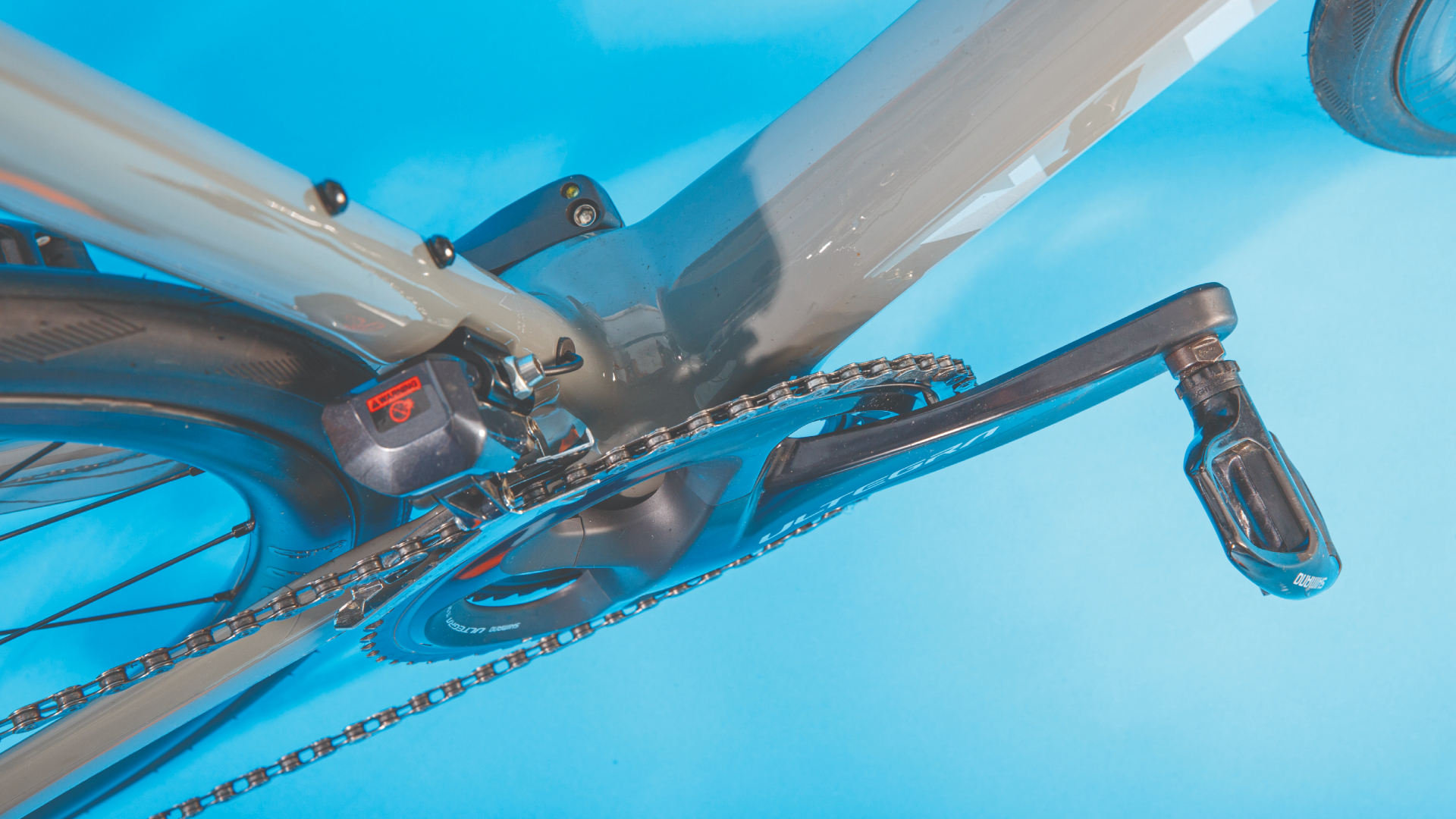
Many of us wouldn’t give a second thought to what crank is fitted to our bicycle. What length crank you ride will likely depend on what size the frame is, especially if you have a factory-built bike. But is it the right one for you?
We'll run through the importance of finding the correct crank length for you and we'll share the pros and cons of various crank length calculators. You can jump straight to the calculating with this link - but we'd recommend reading this piece through first to gain some context!
The general view is that crank length should be proportional to leg length, although there are many other factors to consider when calculating crank length, which will be explored later in this article. Bikes are designed on a normal distribution curve for height, but that makes big assumptions on the proportions of limb length relative to height, which can vary considerably (43.2% to 50.1% in our clinic). Also, the population possesses a wide range of leg lengths (67.5cm to 94cm in our clinic), but the range of readily available crank lengths is small.
The industry standard seems to be 165mm for shorter cyclists and 175mm for taller people, with everyone in between on a 170mm or 172.5mm crank. Major component manufacturers offer crank lengths in 2.5mm increments from 165mm to 175mm.
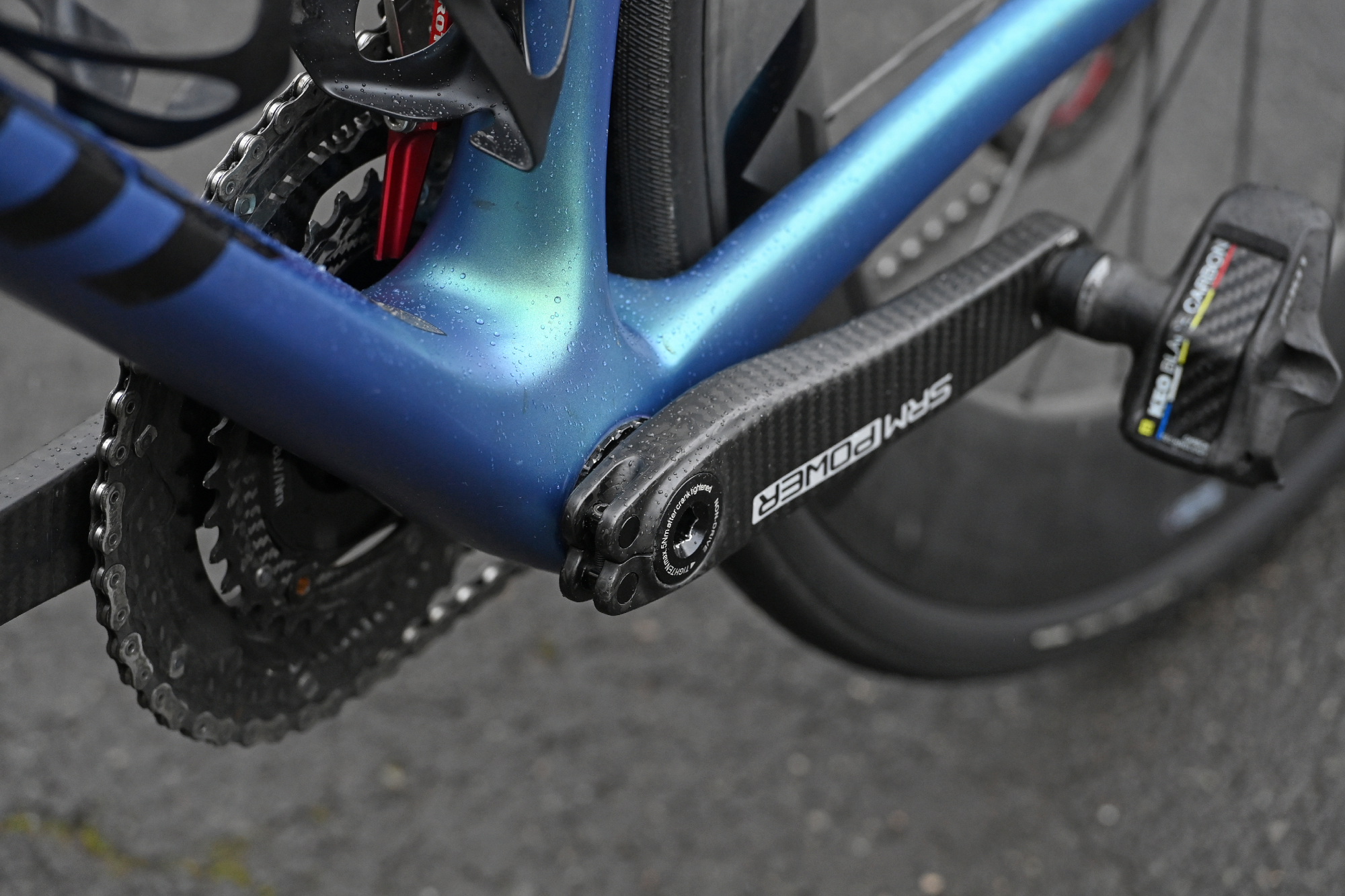
There is a large range of bike sizes available to fit adults (typically 44cm to 61cm) but a small range of crank sizes, meaning they will be unsuitable for a large proportion of the population, usually females.
Some companies are starting to address these issues. Shimano and SRAM have expanded their range to 160mm at the lower end and 177.5 or 180mm at the upper end, and Rotor now have a 150mm option. There are also a few companies that specialise in shorter crank lengths, such as J-Cobb and BBK (145-165mm). Zinn Cycles offers very short as well as very long cranks (130-220mm), and Appleman Bicycles have just realised a 100mm crank.
The importance of calculating the right crank length for you
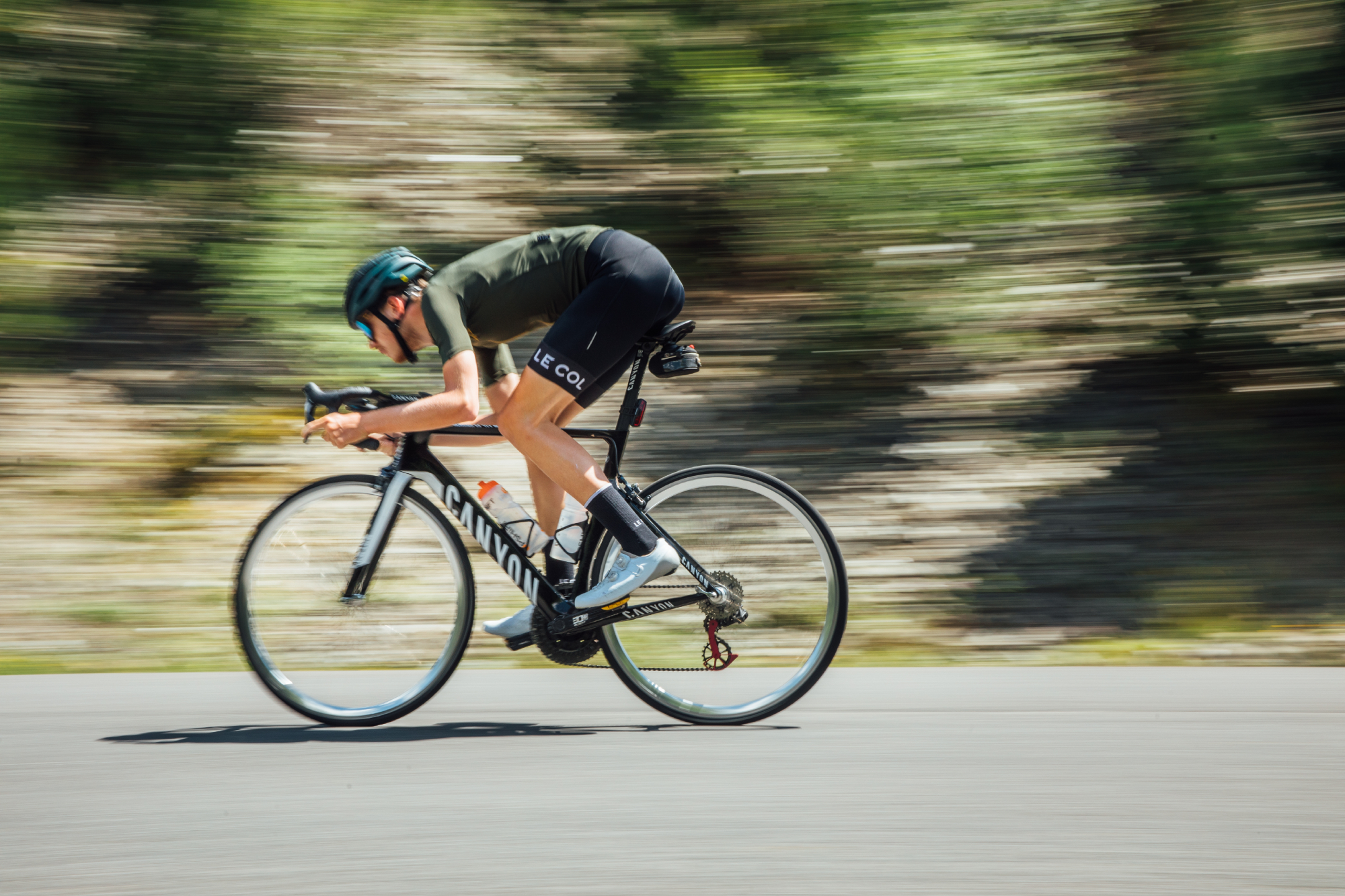
A lot of people believe that a longer crank equates to more leverage which in turn means more power. But research suggests that this is not the case.
Power is a combination of torque (rotational force) and cadence (rotational speed), with crank length only influencing torque. Longer cranks do cause an increase in torque for the same force on the pedals, but they tend to cause a decrease in cadence due to the larger pedalling circle. The offset of these two factors results in power generally being unaffected.
A study by Martin & Spirduso in 2001 supports this idea. They compared maximum power production for a range of crank lengths (120, 145, 170, 195 and 220mm) and found that power was only reduced for the extreme ranges (120mm and 220mm). A study by Barrett et all in 2011 also concluded that variations in crank length (150-190mm) are not an important determinant in maximal power production.
An exception to this can be found in a very specific condition, namely from a standing start with a fixed gear over a short distance (100-200m) ie. a track start. The longer cranks enable a rider to develop more speed than shorter cranks.
The difference is negated on the road on a geared bike where you are able to shift the gear down, especially in a seated position. There may be a slight noticeable difference in high torque situations, such as standing starts (e.g. when restarting after stopping at traffic lights) and standing out of the saddle on steep climbs, but a very low percentage of time is spent in these situations compared to sub-maximal riding.
What about energy cost? Research also suggests that there is little difference. A study by Ferrer-Roca et al in 2017 found there was no difference in heart rate and gross efficiency across three commonly used crank length (170mm, 172.5mm and 175mm). However maximum flexion and range of motion of the hip and knee joints were significantly increased, which can have bike-fit implications.
The results of Martin’s research into metabolic cost during sub-maximal cycling suggest that mechanical power output and pedal speed are the main determinants of metabolic cost during sub-maximal cycling rather than pedalling rate (cadence). Longer cranks result in higher pedalling speed (but lower cadence) so may in fact increase metabolic cost.
Is there an optimal crank length?
When it comes to power production and pedaling efficiency, there does not appear to be much change over a wide range of crank lengths. However, crank length can influence biomechanics and have a number of bike fit implications.
A common view is that there may not be a right crank length, but there can be a wrong one, and that choosing a shorter crank is the safer option. Too long a crank can introduce issues, particularly at the top of the pedal stroke, but there is no performance penalty for using a shorter crank.
A crank that is too long will increase the closed angle of the hip and knee joints at the top of the pedal stroke, compressing these joints and possibly resulting in pain. It may also cause compensation strategies which can lead to issues over time, such as pelvic rocking and knee-out flaring.
This issue is further exacerbated if there is restricted hip flexion range of motion, either due to general stiffness or conditions such as femoral acetabular hip impingement or hip osteoarthritis. Besides causing hip pain, failure to keep the hip joint within anatomical range at the top of the pedal stroke will often result in posterior tilting of the pelvis to compensate and excessive lumbar spine flexion.
Pelvic rocking can lead to lower back pain, saddle sores and a loss of power due to pelvic instability. If the cranks are too long for the rider, they may subconsciously hitch their hip/pelvis to get their leg over the top of the pedal stroke.
Cranks that are too long can also make it difficult to spin a high cadence. They can make the knees hit the chest when in the aero position, and cause difficulty breathing.
The benefits of shorter cranks
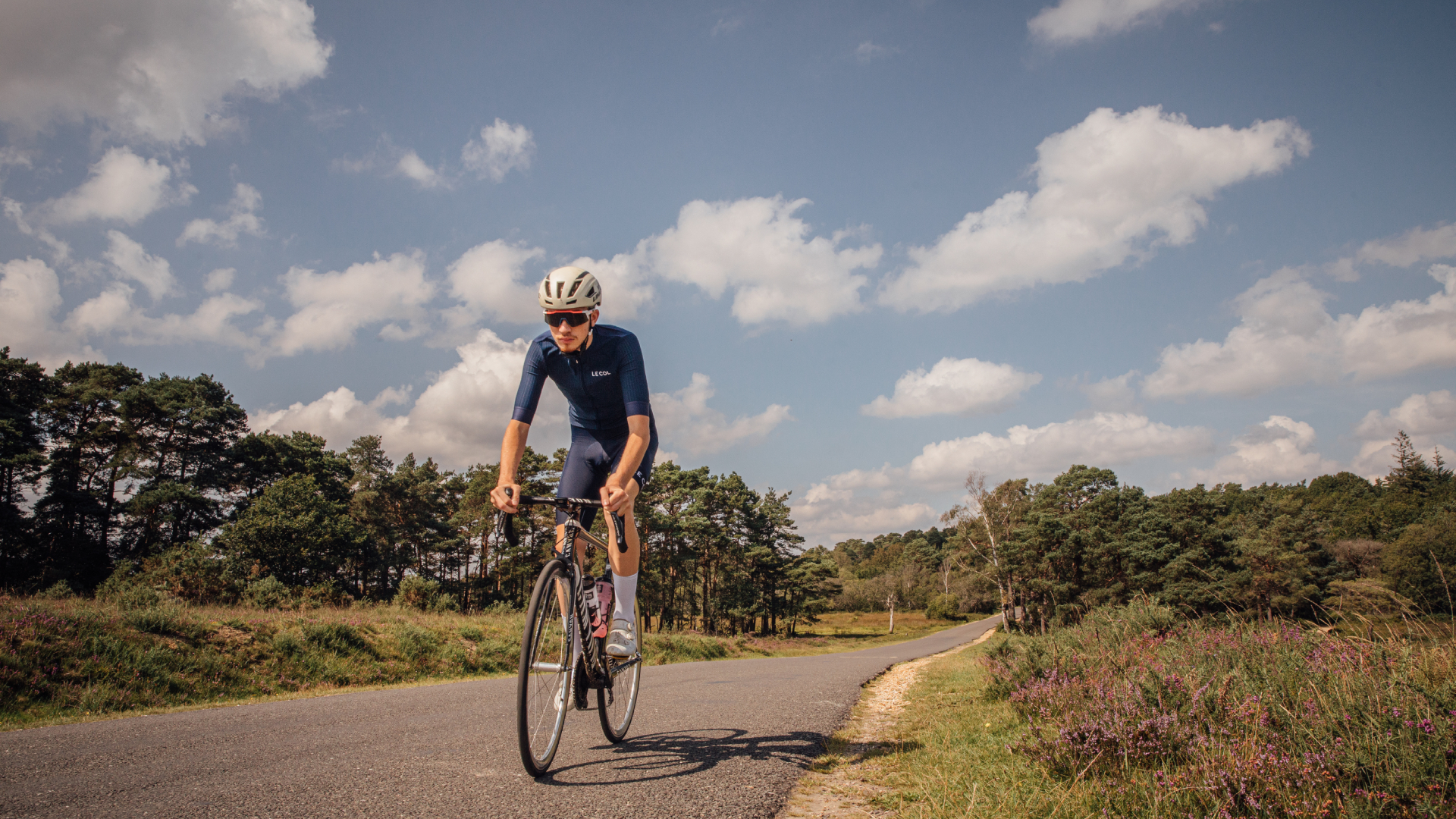
One of the main benefits of shorter cranks is an improvement in aerodynamics. This is particularly seen in time trial bikes, where shorter cranks are commonplace. For example, Bradley Wiggins (at 190cm tall) changed his cranks from 177.5mm to 170mm preceding his hour record attempt in 2015 to improve his aerodynamics. Having shorter cranks allows the saddle height to be raised, which not only opens the hip angle up at the top of the pedal stroke, but results in an increased drop to the handlebars and a more aggressive position.
Shorter cranks will also move the thighs away from the stomach at the top of the pedal stroke which is more comfortable and makes it easier to breathe. They can be used to manage pain and injuries to the hips, knees, and lower back, as described above, by offloading these joints and improving biomechanics.
Adopting shorter cranks will also increase pedal clearance and can reduce pedal strike, which can be particularly useful in crit racing or on an MTB (e.g. hitting rocks and tree roots). It will also reduce toe overlap, which can be more of an issue on smaller frames.
Crank length calculator
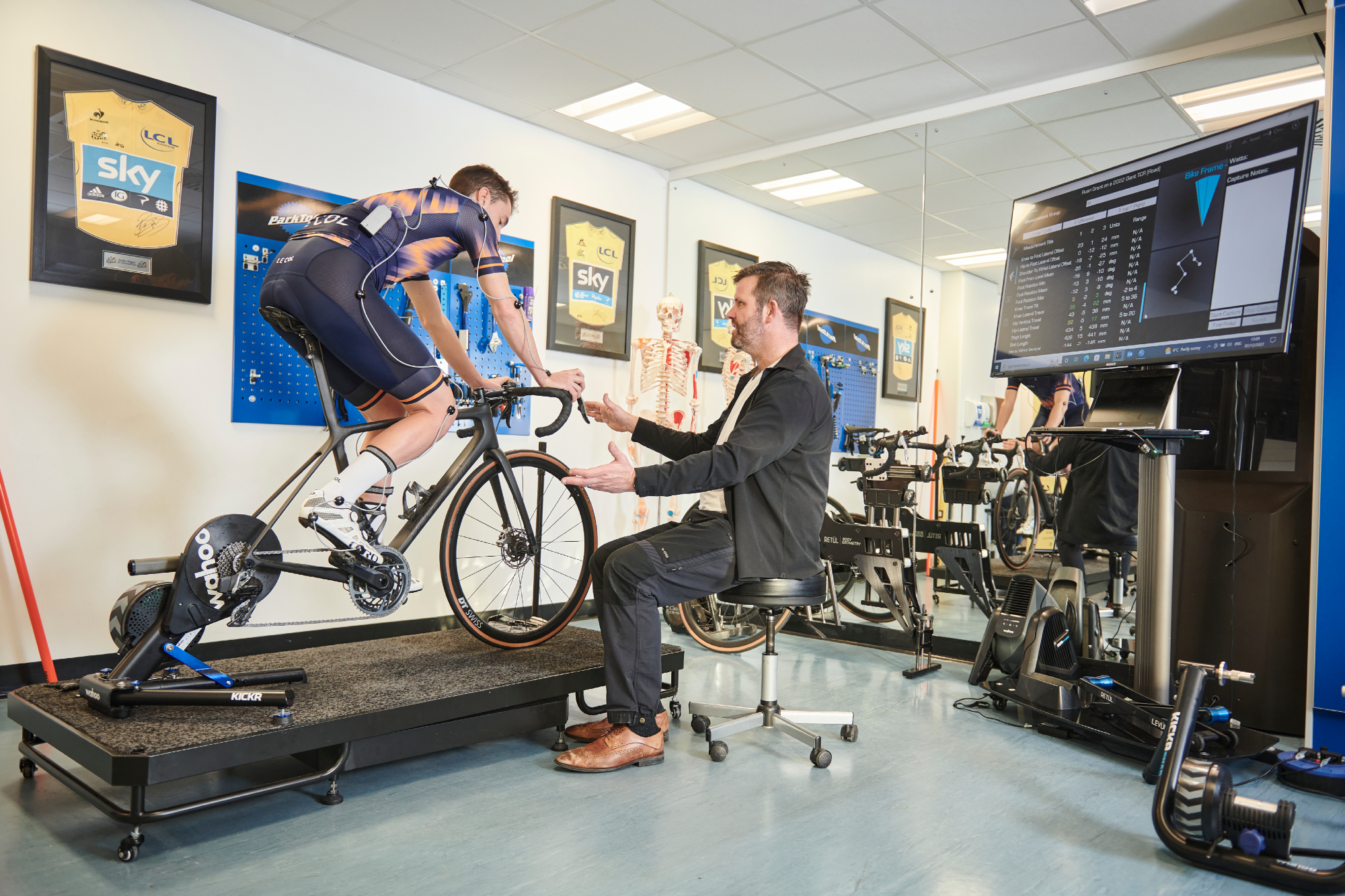
Data from the Martin & Spirduso article suggests that the calculation for the optimal crank length for maximal power production is 20% of leg length or 41% of tibia length. It should be noted that this crank length calculator is based on maximal power production and not biomechanics or bike fit. Also, the authors concluded that a standard crank length of 170mm would not substantially compromise maximum power in most adults.
There are other crank length calculator formulas suggested (without scientific research) such as the one proposed by Graham Obree (0.95 x height) or Machine Head Software (inseam x 1.25 + 65).
It is interesting to note that using any of these crank length calculators would mean the majority of shorter adults, and especially women, are using cranks that are far too long for them. This is also suggested by Matt Appleman, a custom frame builder in the US, who advises that we need to have a wider spread of crank lengths available and shift the average crank length.
Instead of calculating crank length based on one of the formulas above, he proposes that a better approach would be:
- 155mm and 165mm cranks for most riders (average)
- 145mm and 175mm crank for riders towards the ends of the spectrum
- 135mm and 175mm for a few outliers
Also, 2.5mm increments are not worth changing cranksets for, particularly because changing cranks is typically an expensive exercise. A change of at least 5mm, and more preferably 10mm will have a more meaningful impact, mainly on the closed hip and knee angle.
While it may seem like leg length should determine crank length, it doesn't appear that this is an accurate crank length calculator. The optimal crank length for two people that have the same inseam may in fact be different depending on their individual characteristics. A rider with greater flexibility and minimal injury history may be able to tolerate longer cranks without any adverse effects.
Ultimately, crank length should be calculated and chosen according to the rider's individual characteristics (such as flexibility, joint range and strength), injury history, riding discipline, cycling goals, and personal preference. Certainly, if you are experiencing discomfort, pain or injury, crank length should be calculated as part of a comprehensive bike fit.
Those looking to improve cycling performance and speed through improved aerodynamics may consider shorter cranks, as may those looking for help to smooth out their pedal stroke and eliminate dead spots, particularly in the presence of restricted joint range of motion.
Shorter people and those with short legs benefit most from a reduction in crank length due to standard cranks making up a larger percentage of a shorter rider’s leg length. Very rarely will a rider need to increase their crank length.
Swapping out cranks can be an expensive exercise but for some riders it will be worth the effort.







